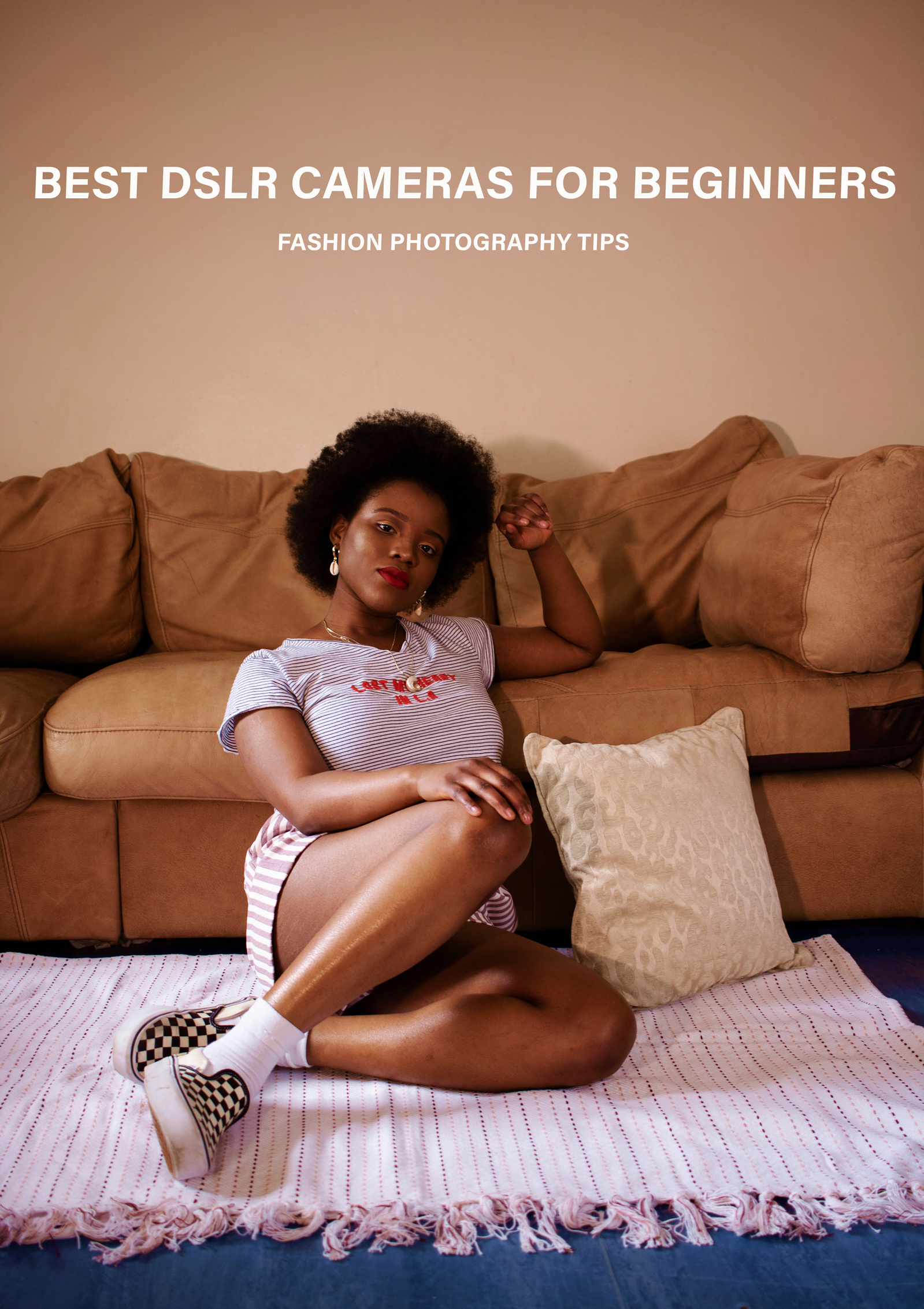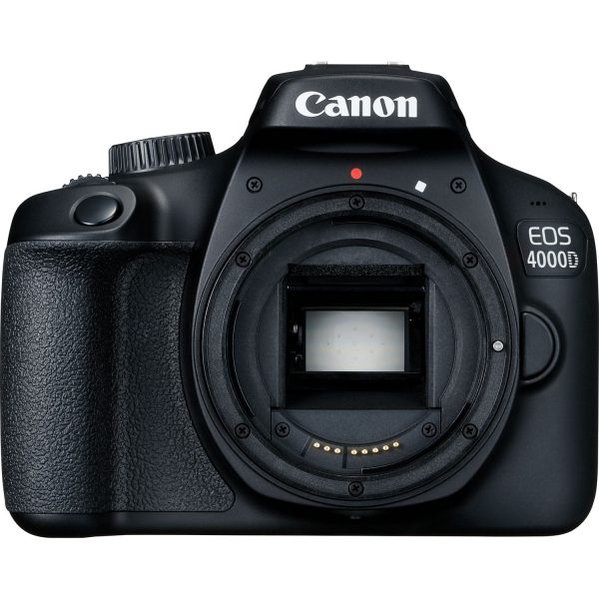BEST CAMERA LENSES FOR BEGINNER PHOTOGRAPHERS/BLOGGERS
Let’s talk lenses, this is one of my favourite topic in
photography. I hope you had a chance to read my beginners guide to buying a
DSLR camera, if you haven’t click HERE. Reading the post about my
guide to DSLR camera could potentially help you understand this post especially
if you are just getting started into photography. This post is going to cover camera systems
and lenses. Also, I will only recommend lenses based on what I have used and reviews I have read or watched. Writing a post about lenses could get quite technical but I am going to
try and break it down so a novice will understand and for those who are curious and want to find more information, I will insert links to a much detailed website post or
YouTube videos.
For reference - I use the 50mm f1.8 and 24mm f2.8 lenses to
shoot my images.
Firstly, to understand lenses you will need to briefly
understand what crop sensor and full frame sensor on a camera means.
A crop sensor camera or APS C as stated on descriptions in
camera websites just simply means; with any lens that is mounted on that particular camera
the images taken will be cropped and as a result tend to looked zoomed in and
please do not panic about this. As you might have guessed a full frame camera
does not crop the image and as a result images will not looked zoomed in when
any lens is mounted on the camera.
As a beginner you are likely going to buy a crop sensor camera unless
you are aiming to get a professional camera like the Canon 5D Mark IV.
For detailed explanation of sensors here is a link to a blog post;
Website
In my opinion, when getting any lens I tend to think about how
it will look like on a full frame camera due to the fact the image will not be the same
on a crop sensor. For example let’s look at the 50mm lens, if you paired it
with a full frame camera the image produced will always be a 50mm image.
On the flip side, if you paired it with a crop sensor camera the image
will look like it was taken with a 80mm lens meaning the image will be zoomed
in. To put simply, it will do a similar job of a 85mm lens mounted on a full frame
camera.
Here are pictures on a website that explains this idea;
Secondly, let’s talk about focal length which is stated in
millimetres. Focal length means the distance between the lens and the image
sensor when the subject is in focus.
When getting a lens you might be looking to get one that will
fit everything into frame meaning you also want some background in the frame
for example street photography; 24mm, 28mm and 35mm is a really good choice
especially on a crop sensor. They are all wide angle lenses.
However, if you want a closer focus on your subject then lenses
from 50mm to 100mm is good. I do portrait fashion photography and 50mm is
perfect for this. 50mm is also perfect for beauty shots. On a crop
sensor camera a 50mm lens will give an image of a 80mm lens when mounted on a full frame camera.
A 28mm on a crop sensor will give an image of a 50mm lens when mounted on a full frame camera.
24mm gives an image of roughly 38mm on a crop sensor.
35mm gives an image of 56mm on a crop sensor.
Here is a YouTube Video that explains focal length in 60
seconds;
Let us discuss the main types of lenses; there are prime and zoom lenses.
Prime lenses means a lens that has a fixed focal length, this
simply means if you want to capture an image that’s far, you would have to move
to capture the image. Overall, you have to physically move to capture images.
An example of a prime lens is a 50mm lens.
Zoom lenses allows you to change from a long shot to a closer
shot or vice versa. To put simply, you do not have to physically move to zoom
in and out to get a shot.
An example of a zoom lens is 18-55mm, so you can go from the distance
of 18 to a close up of 55mm.
The main advantages of prime lenses are they tend to be lighter
and cheaper. In addition to this, images tends to be sharp.
However a con is you would need to move to capture images
because of its fixed focal length.
Advantages of zoom lenses is the ability to shoot at variable
focal length and the ability to have carry one lens.
However, zooms are large and bulky and they tend to be
expensive.
To find out more about pros and cons of the main types of lenses
here is a website link;
Lastly before we get into the lenses I recommend we briefly
touch on aperture.
Aperture just means the amount of light that enters your
camera and it is represented with the letter F and numbers which are called f
stops.
You might be wondering what in the world is that? well you know
when you go on a camera website and are looking at lenses and it says 50mm
which is the focal length as I have already explained, the next thing you see is f1.4.
The meaning of this number is just how much light enters the
lens. So the lower the f stop is, the more light enters the camera, this can be
helpful when shooting in low light situation. f1.4 lets in more light than f1.8
and f1.2 lets in more light than both f1.4 and f1.8.
An image of this is as shown below;
The first Lens I will be recommending to a beginner will be the Canon EF 50mm f/1.8 STM Lens
This is a great beginner lens and it retails for £120. This lens
is really good for fashion photography and you can get a lovely portrait with it. The lens gives a bokeh effect if that’s what you will be going for in your photography.
If you have more money to spend then the f1.4 is a really good
option and retails for £385. If you own a Nikon DSLR, check out the 50mm, you
can also purchase the Nikon version.
The biggest con of this lens is it doesn’t enable you to shoot in
tight spaces, meaning if you want to do home photography; shooting a full length
picture will be difficult. However, this is a perfect lens for
shooting outside. (Only taking into consideration that your camera system is a crop sensor).
This is the picture I took with this lens;
Here are links for the lenses;
Next Lens I will recommend is the Canon EF-S 24mm f/2.8 STM Lens
This lens is called the pancake lens and it retails for £154.99. In addition, the 24mm lens is really good for crops sensor cameras because it transforms to a 38mm.
It’s a very good lens to shoot with if you have tight spaces, I use it to
get my full body shot when doing indoor photography.
Here’s a picture shot with the 24mm;
Link for 24mm;
Lastly, is the Canon
EF 35mm f/2 IS USM Lens
This is a good beginner lens it retails for £520 which is
more expensive than the rest of the Lenses mentioned.
Nikon DSLR users can get this lens quite cheap because it
retails for £140 on Amazon. This means Nikon beginners can get this opposed to
the Nikon 50mm which is pricier.
Here is a YouTube video for a more detailed review;
Link for the 35mm;
Overall, I hope you have found this posts useful and are confident about getting both camera and lenses. Remember to follow me on
instagram for more daily posts.













